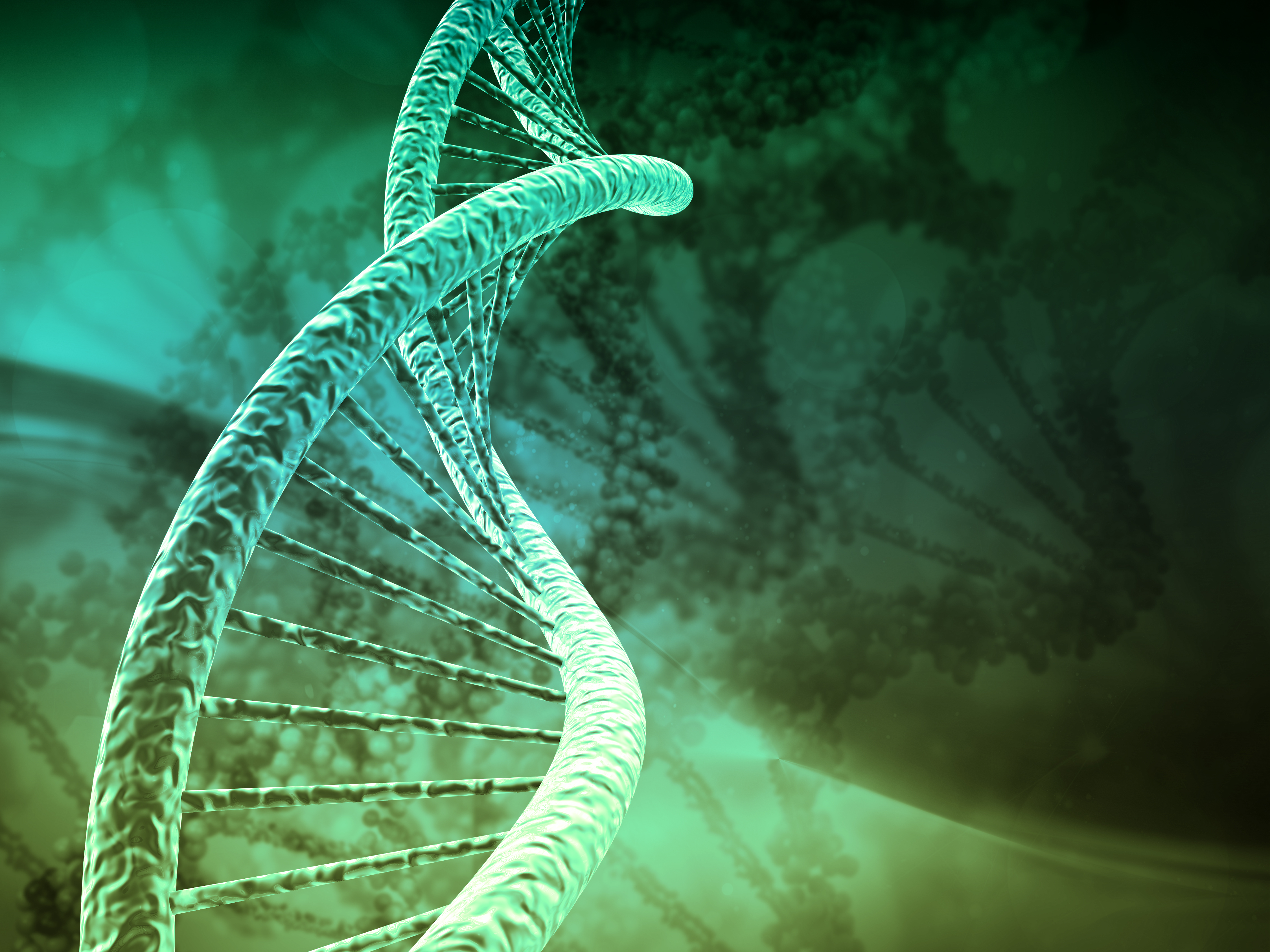CF Patients’ DNA Sheds New Light on Key Elements Regulating the CFTR Gene

In a new study, researchers investigated the CFTR gene locus (its location and position in DNA) and the role of elements involved in regulating the chromatin structure and gene expression, discovering a mechanism that coordinates these regulatory elements and maintains normal gene expression levels when structural perturbations occur. The findings could help advance therapies that address the underlying genetic cause of cystic fibrosis. The research paper, titled “Differential contribution of cis-regulatory elements to higher order chromatin structure and expression of the CFTR locus,” was published in Nucleic Acids Research.
The cystic fibrosis transmembrane conductance regulator (CFTR) protein acts as an ion channel across cell membranes, controlling the transport of chloride ions into and out of cells, controlling the movement of water in tissues, and the production of protective mucus in the airways, digestive system, and other organs. The CFTR gene, expressed mainly in specialized epithelial cells, lies within a single transcriptional unit flanked by the CCCTC-binding factor (CTCF) and cohesin complex-binding elements, two proteins involved in the organization of the genome and in gene expression. The CFTR promoter, the region of the DNA responsible for initiating transcription, appears to be regulated by a series of cis-elements in airway and intestinal epithelial cells. The best characterized CFTR cis-elements are enhancers — short regions of DNA located close to the gene they regulate through the binding of different transcription factors.
Researchers aimed to further explore the role of individual cis-elements and the molecular mechanisms controlling transcription of the CFTR locus, which occupies a topological domain (TAD) and provides a model to study transcription controlling elements. Through a series of genetic, chromatin structures and functional studies, scientists found conserved topological domain, independent of expression levels, and that the boundaries of the TAD at the CFTR locus are cell type independent, and enriched for CTCF and cohesin complex. The data also suggests the presence of two interrelated types of chromatin in the locus — one involved in maintaining TAD and another that brings together enhancers and other cis-regulatory elements with the gene promoter. Furthermore, direct evidence was found that the maintenance of higher order chromatin structures is dependent on CTCF and cohesin complex, and that depletion of CTCF and Rad21 (a subunit of the cohesion complex) alters CFTR expression.
The team concluded that “the CFTR gene provides a paradigm for understanding detailed regulatory mechanisms at a single locus, and can inform studies on other loci. These mechanisms involve the interplay of architectural proteins, transcription factors binding to cis-regulatory elements and chromatin modifications, to establish and facilitate dynamic responses of the 3D chromatin structure.”







